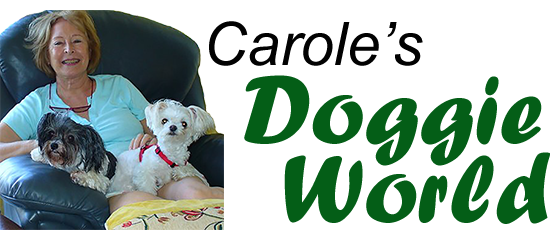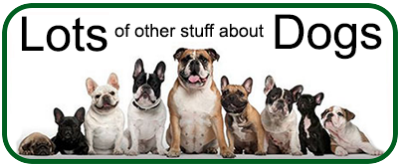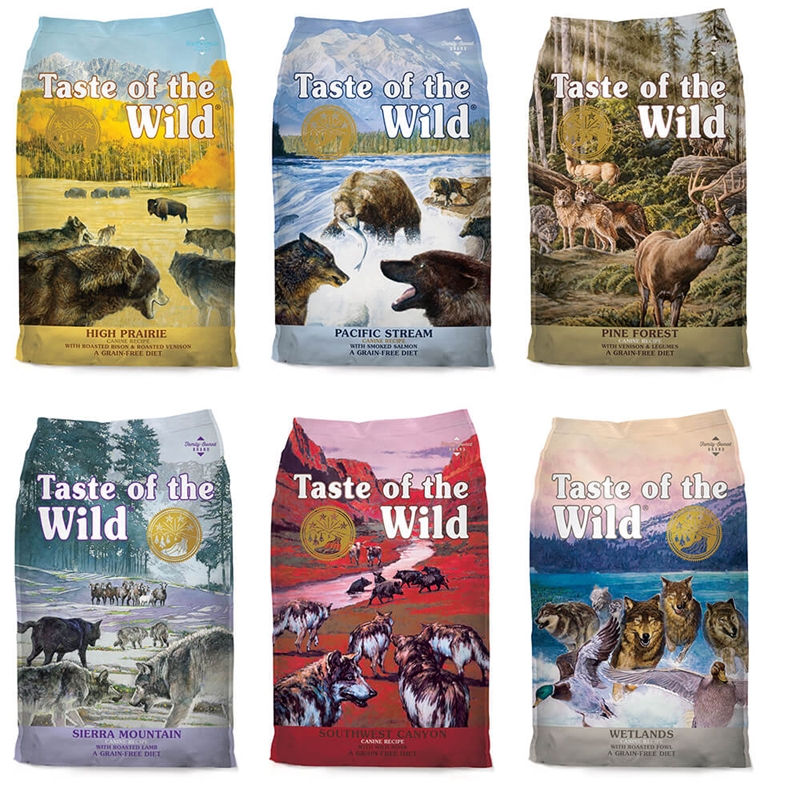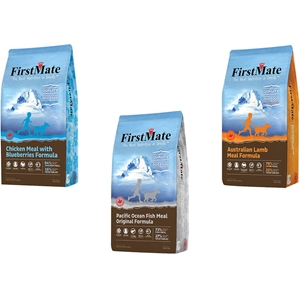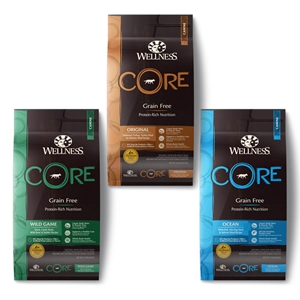The Most dangerous pet chew ever
- Rawhide!
Why this is the deadliest chew toy on the planet
FDA ruling | How come chew sticks can be so dangerous for pets?
Debunking the myth | How is rawhide made? | Step one (to the tannery
Step two (cleansing in chemicals) | (Step three (making chews look pretty)
Step four (getting chews to market) | Rawhide ingredients | How do proactive veterinarians feel about rawhide chews? | Ready for the jaw dropper?
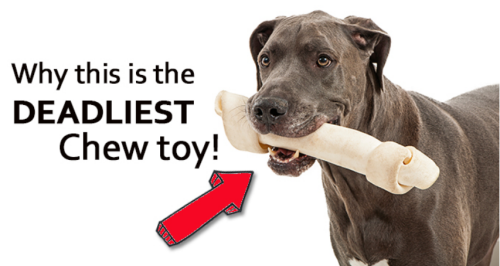
FDA ruling
Rawhide is one of the most popular dog treats on the market, but did you know it's also the deadliest?
Since the FDA doesn’t consider these chews to be food, it’s a free for all when it comes to making these leather strips . . . and adding products to them so they'll last forever.
If you're still giving your dog rawhide treats, you must read this article. You’ll be shocked when you read the thorough and toxic treatment these treats go through before they hit the shelves and make their way to your dog’s mouth!
How come chew sticks can be so dangerous for pets?
You may well ask - how can one of the most popular chew sticks on the planet be so dangerous for your pets?
We have all seen dogs chewing on rawhide for hours and hours on end. Not only do they seem to keep our best friends busy, but they appear to last forever.
Well if you understood what it takes to make these toxic rawhide leather sticks, you would quickly understand what the problem is.
Debunking the myth
Aside from the horror stories circulating all over social media these days, of pets needing emergency surgery after consuming rawhide, the majority of pet parents today, especially the newbies, believe that this chew is some sort of dried up meat stick.
Let me debunk that myth right away! A rawhide stick is not the by-product of the beef industry nor is it made of dehydrated meat. Rather, rawhide is the by-product of the “Leather Industry”, so theoretically it is a leather chew.
Sounds awesome, right?
How is rawhide made?
So, how does this leather, which is conveniently rolled up into pretty shapes, actually get made into rawhide chews?
Producing rawhide chews is a four step process which begins with the splitting of animal hides, usually from cattle. The top grain is generally tanned and made into leather products, while the inner portion, in its raw state, goes into making rawhide chews.
Follow along and I will enlighten you on how this hide travels through a leathery process where it transforms from hide to a not-so beautiful, colorful, chew stick. Here is a paraphrased tutorial that was explained by the whole dog journal several years back:
Keep updated with all that's
right for your best friend!
click on this link
to subscribe to our free mailing list.
Step one (to the tannery)
Normally, cattle hides are shipped from slaughterhouses to tanneries for processing. These hides are then treated with a chemical bath to help preserve the product during transport to help prevent spoilage.
No one wants to purchase a black, spoiled rawhide stick!
Once at the tannery, the hides are soaked and treated with either an ash-lye solution or a highly toxic recipe of sodium sulphide liming. This process helps strip the hair and fat that is attached to the hides themselves.
No, no one wants to see a hairy hide!
Next the hides are treated with chemicals that help puff the hide, making it easier to split into layers.
The outer layer of the hide is used for goods like car seats, clothing, shoes, purses, etc. But, it’s the inner layer that is needed to make the rawhide. (Oh and other things like gelatin, cosmetics, and even glue!)
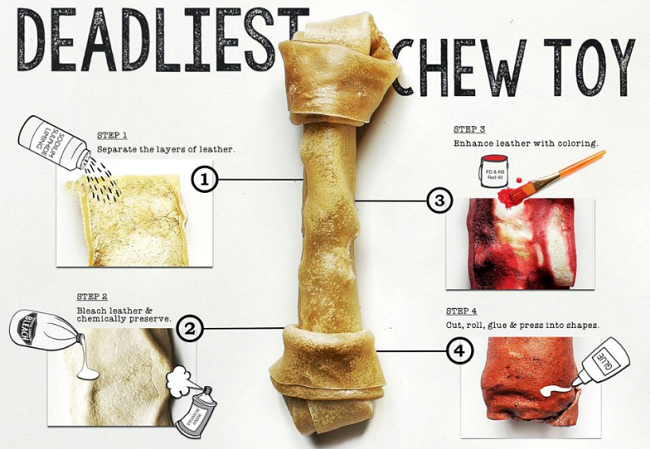
Step two (cleansing in chemicals)
Now it’s time for the inner hide to go to the post-tannery stage! Hides are washed and whitened using a solution of hydrogen peroxide and or bleach; this process helps to remove the smell of rotten or putrid leather.
NB Research also shows that other chemicals maybe used in the whitening process if the bleach isn’t strong enough.
Step three (making chews look pretty)
Now it’s time to make these whitened sheets of this leathery by-product look delicious! So, here is where the artistic painting process comes in.
- Basted, smoked, and decoratively tinted products might be any color (or odor) underneath the coating of (often artificial) dyes and flavors. They can even be painted with a coating of titanium oxide to make them appear white and pretty on the pet store shelves.
- The Material Safety Data Sheet (MSDS)reveals a toxic confection containing the carcinogen FD&C Red 40, along with preservatives like sodium benzoate. But tracking the effects of chemical exposure is nearly impossible when it’s a matter of slow, low-dose poisoning.
Ok, now that these hides have been painted, it’s time for the final process.
Step four (getting chews to market)
Finally, it’s time to package and attach the marketing labels to the rawhide chews together with a list of ingredients, written in fine print.
They are now ready to be shipped to store shelves where unsuspecting pet parents buy them as treats for their precious animal companions.
Rawhide ingredients
When tested, the following ingredients were found to be present in rawhides:
- Lead
- Arsenic
- Mercury
- Chromium salts
- Formaldehyde
- Other toxic chemicals
How do proactive veterinarians feel about rawhide chews?
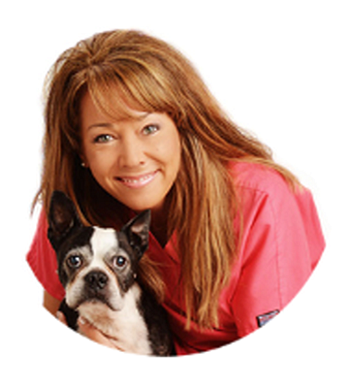
Here is world-renowned veterinarian Doctor Karen Becker’s take on the matter . . . .
The name rawhide is technically incorrect. A more accurate name would be processed-hide, because the skin isn’t raw at all. But the term rawhide has stuck.
Rawhide chews start out hard, but as your dog works the chew it becomes softer, and eventually he or she is able to unknot the knots on each end.
At this point the chew takes on an addictive consistency of a piece of toffy or bubble gum and your dog can't leave it alone.
At this stage, there’s no longer any dental benefit to the chew because it has turned soft and gooey, and, in fact, it has become a choking and intestinal obstruction hazard.

Ready for the jaw dropper?
An investigation by Humane Society International stated in their report, "In a particularly grisly twist, the skins of brutally slaughtered dogs in Thailand are mixed with other bits of skin to produce rawhide chew toys for pet dogs. Manufacturers told investigators that these chew toys are regularly exported to and sold in U.S. stores" – www.dogingtonpost.com
This article and information forms part of the Carole's Doggie World Holistic Library and is presented for informational purposes only.The information is not intended to be a substitute for visits to your local vet. Instead, the content offers the reader information researched and written by Carole Curtis for www.carolesdoggieworld.com
